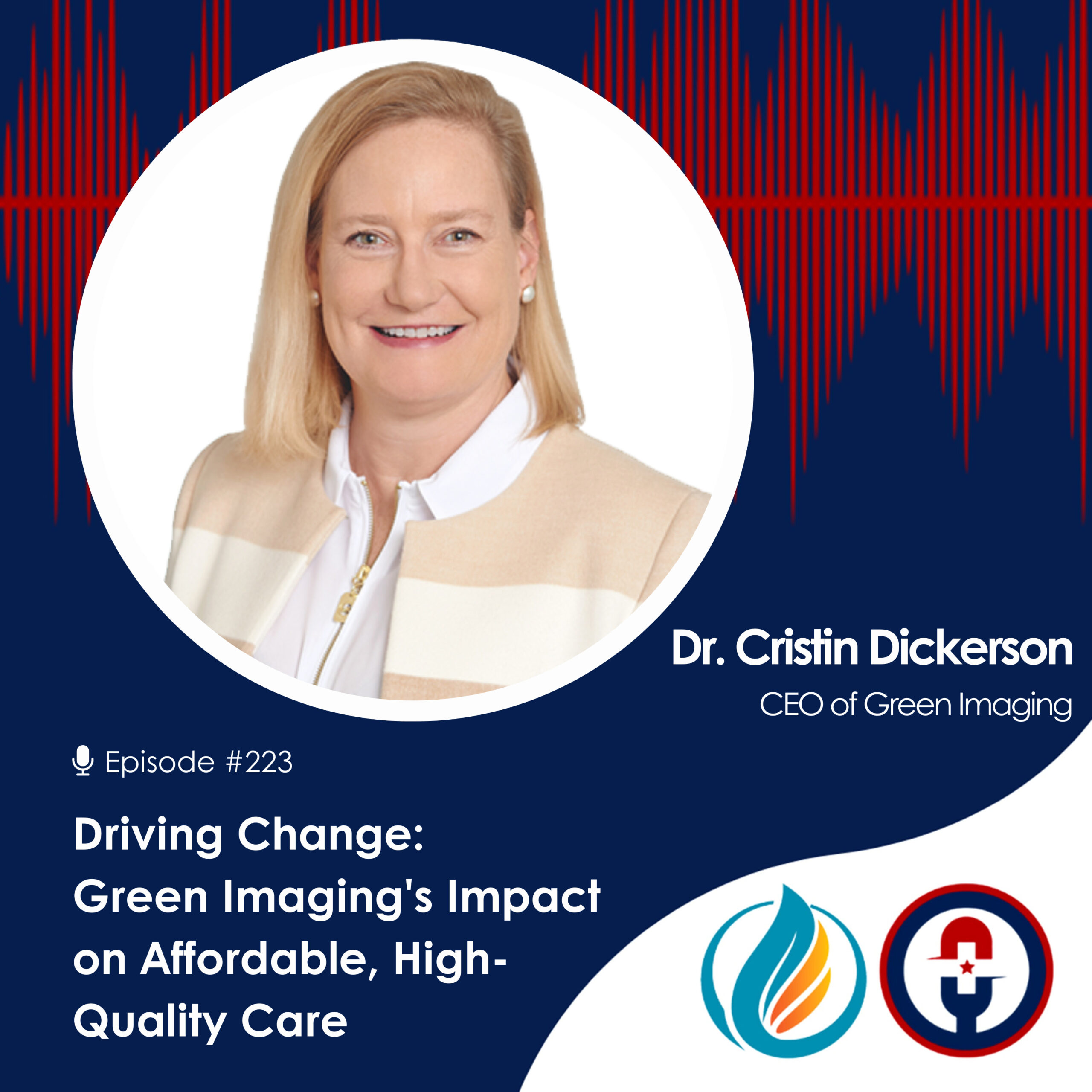Maybe Traditional Health Insurance Companies Are Not As Essential As They Would Like Us to Believe
Health insurance companies would like you to believe that they are essential components of a functioning (and fair) health care system and part of the future of health care in the US. But, what if they aren’t?
How Access to Traditional Health Insurance Became Synonymous With Health Care
Millions of Americans may lose health insurance coverage in Washington's latest proposed ACA rollbacks. Meanwhile millions more continue without health care insurance. But what it seems no one is debating is whether or not major private insurers should continue to have a central role in a reformed US healthcare system.
No serious plan proposal has been put on the table that does not also continue to give the major private health insurers a massive stake in any proposed new system. In fact, most proposals seem to protect and guarantee the fundamental position of insurers and third-party payers.
Why is it that we are always told to just shop around for a cheaper insurance plan?
Why are we forced or mandated to purchase insurance at all?
Why isn’t there a better alternative?
How did private health insurance corporations become so central to our health care system?
The idea of insurance is deeply ingrained in the American psyche. Benjamin Franklin himself, a thinker, scientist, statesman, and dabbler in many things, also founded one of the first insurance companies in the United States. His Philadelphia Contributionship for the Insurance of Houses from Loss by Fire not only provided property insurance but also helped set new standards for the design and construction of safer homes and residences.
As medical innovations brought reliable treatments and therapies to the fore, demand for conventional medical services began to rise as well. As demand rose, so too did prices until only the wealthy could afford modern, life-saving health care treatments.
In order to help average citizens afford medical care, Blue Cross was eventually formed. This early incarnation of a healthcare insurer was effectively a nonprofit entity that enjoyed tax exemption status and focused on filling hospital beds and keeping premiums low. However, whatever philanthropic attitudes existed in the early days of health insurance quickly disappeared when private insurance companies got in the health care game as well.
Today, Blue Cross is no longer a quasi-philanthropic organization run by doctors. Instead, like the other large health insurers, it is a revenue-generating behemoth more beholden to shareholders and corporate boards than to the patients it ostensibly serves.
"Whatever philanthropic attitudes existed in the early days of health insurance quickly disappeared when private insurance companies got in the health care game as well."
--- DR. CRISTIN DICKERSON, MD
How did this happen?
Once private insurers got involved in providing health insurance as a product, they naturally steered their services away from sicker, costlier patients and to healthier segments of the population deemed to be “profit centers”. Ultimately, this tension between an unrelenting profit motive and the public good lies at the heart of today’s health care crisis.
So why isn’t anyone talking about these major insurance companies? Maybe the
$308,022,064 dollars BCBS alone has spent lobbying in DC the last 20 years plays a role.
Why Private Health Insurance Isn’t Working
Traditional insurance companies are ill-suited for the job of providing quality healthcare to everyone. That’s not how they are designed. Instead of providing funding for care freely, which would bankrupt them, an insurance company's ultimate goal is to pay out as little for health care as possible, thereby pocketing any excess patient premiums which please shareholders. Remember, corporations are beholden to shareholders, not to consumers or doctors. What that means is that they are already at odds with doctors and patients right from the getgo.
As a third party intervening in what has traditionally been a direct relationship between a doctor and patient, private insurers create unnatural distortions in an otherwise free market. Government subsidies and regulatory provisions designed to reduce the insurer’s risk only further distort the market.
Today, thanks to decades of advantageous policies and consolidation, the private health insurance industry effectively dictates terms to doctors and patients. They negotiate hidden rates with doctors, often under-compensating or refusing to fully reimburse them for services while simultaneously raising rates on consumers to pad their profit margins. It costs medical practices 27% of revenue to collect the dollars they are contracted to receive from insurance companies and even then much goes unpaid.
Some big insurers contend that the recent Affordable Care Act (ACA), also known as Obamacare, has taken a hefty bite out of the profit margins to which they are accustomed. However, Aetna, Anthem (BCBS), Cigna, Humana and UnitedHealthcare, the five major for-profit insurers, cumulatively reaped $4.5 billion in net earnings in the first three months of 2017 alone.
The question many healthcare providers and consumers are asking, however, is why should we even care about allowing health insurance companies to make a healthy profit? Why not skip the middlemen altogether?
Doctors played a critical role in the formation and development of the earliest health insurance institutions. Now, with the government, insurance companies, and other third-party interlopers like hospitals and pharmaceutical companies running amuck and sucking up the dollars intended to care for our citizens, independent doctors, and other forward-thinking individuals have once again "solved" the health care crisis.
Access to good primary care is the foundation of any successful health care system. The focus on "well care" rather than "sick care" avoids much higher level expense and creates a healthier, more productive population. Direct Primary Care (DPC), is emerging as a model that saves employers with self-funded plans up to 60% on their health care costs, enables employers who could previously not afford to provide health care for their employees to do so, is a much more affordable alternative to individuals on ACA plans, and is an affordable option for those who could not previously afford healthcare coverage.
"The question many healthcare providers and consumers are asking, however, is why should we even care about allowing health insurance companies to make a healthy profit? Why not skip the middlemen altogether?"
--- DR. CRISTIN DICKERSON, MD
Direct Primary Care Cuts Out Insurers and Other High-Cost Third Parties
Under a direct primary care model, traditional insurance companies are partially or completely cut out. That means there are none of the verification barriers, authorization processes, and delayed payments associated with traditional doctor-insurer relationships.
Instead of seeking reimbursement from a third-party payer, primary care physicians provide comprehensive primary care to their patients for a monthly fee paid by the employer or patient. DPC doctors typically offer 24/7 services and consults, frequently implementing telemedicine technologies. DPC doctors shepherd patients to an affordable lab (annual labs cost about $25 a year), pharmacy, and imaging solutions. They also frequently offer more affordable diagnostic options driven by technology such as home sleep studies and cardiac monitoring. When indicated, they direct patients to high-quality affordable independent specialists and surgical centers.
Rather than deal with deductibles, limited insurer-approved networks, and ever-rising premiums, patients need only pay a single transparent price for all the primary care they need. A patient that likes his doctor can now truly keep his doctor.
But the direct primary care model isn’t a silver bullet either.
Patients still need catastrophic coverage which may be obtained through Healthshare, Defined Benefit Insurance Plans, and Reference Based Pricing Health Insurance Plans.
The very ill, very old, and those with rare diseases will still need traditional or government-sponsored insurance schemes to redistribute risks and help them afford the care they need. Traditional health insurers may still play a useful role in providing coverage to these vulnerable populations.
Ultimately, we need a health care system that is not only affordable, but also fair, transparent, and balanced. Reevaluating and reimagining the centralized role of private health insurance conglomerates in the current system as it is conceived is worth a hard look and will go a long way towards balancing the system. That is not to say that health insurance as it is currently devised should cease to exist. It may always be needed to help distribute risks.
But what is undeniable is that there is plenty of room for other healthcare solutions in this market. Instead of making access to health insurance the defining challenge and putting insurance companies in the center, a focus on helping people get the treatments they need directly and with as little interference from third parties as possible holds down cost dramatically and allows more Americans access to good healthcare. The focus should be on freeing the markets of distortions, and about freeing the doctor and patient relationship from the dictates of a corporate board and insurance company profitability.
Matching Willing Consumers With Willing Providers
Innovations in medical reimbursement solutions allow Physician-managed Direct Care specialty practices, such as Green Imaging, to also bypass traditional middlemen, authorization processes, and verification obstacles. As a result, Green Imaging can provide a direct, uninhibited path from the supply (diagnostic tests and imaging procedures) to the demand (consumers and patients), thereby reducing costs.
Utilizing a direct-pay model means fewer middlemen.
There’s often no insurance information to fill out.
No government forms.
No waiting around for payment authorizations.
Patients get high-quality care at an affordable and transparent price.
Doctors don’t have to deal with interloping third parties. It’s a win-win! More importantly, it’s a return to the natural relationship between a doctor and a patient.
The Green Imaging Difference
Green Imaging provides a direct, uninhibited path from the supply (medical services) to the demand (DPC and other direct care providers, employers, and patients) thereby reducing costs. Don’t pay secret rates for diagnostic tests and imaging. Go Green Imaging instead!









